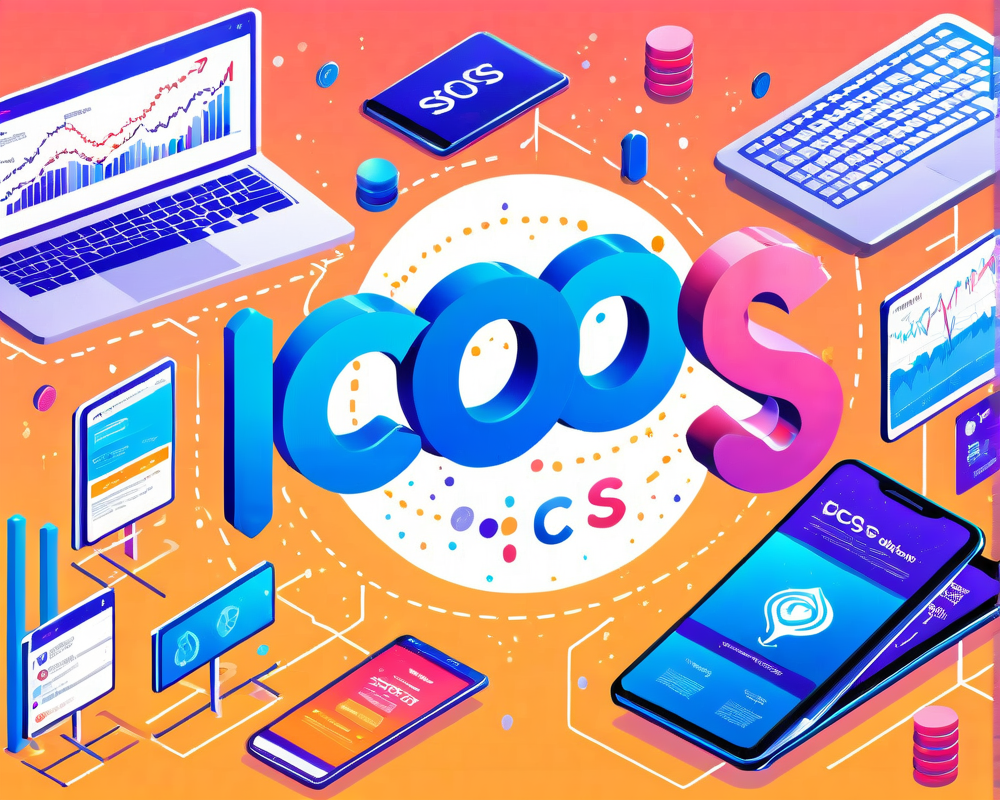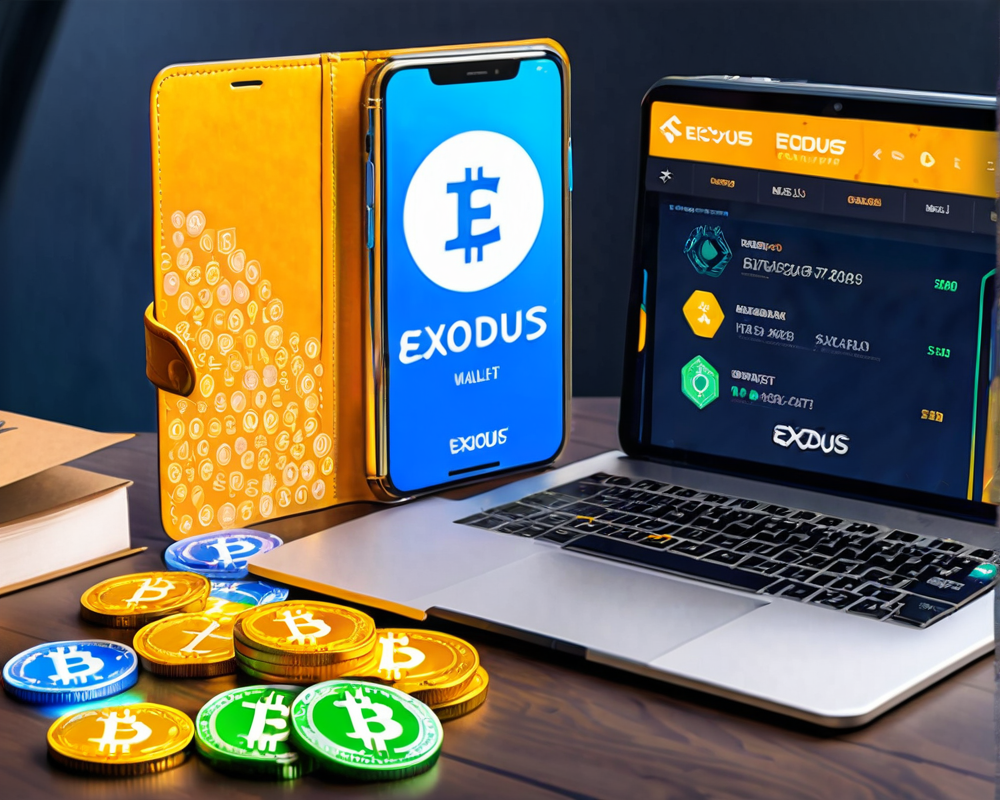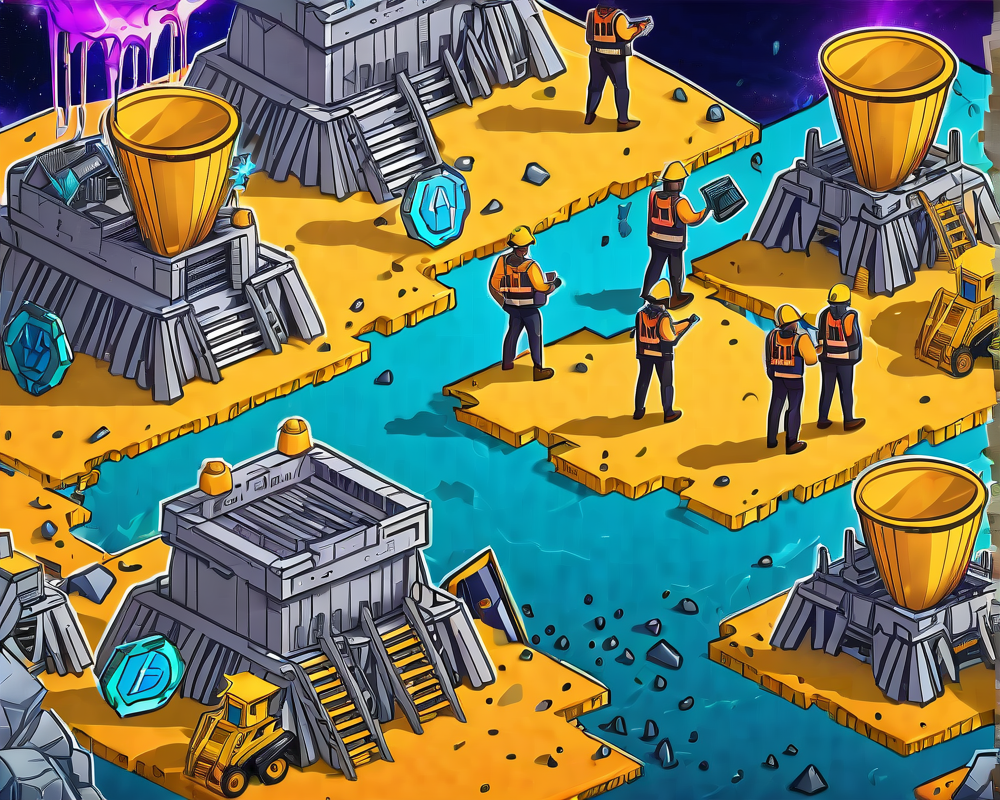Introduction to Cross-Blockchain Interoperability
The world of cryptocurrency is buzzing, and for good reason! The latest strides in cross-blockchain interoperability have come from the lab of the innovative crypto startup, TenX. They’ve been busy testing a groundbreaking protocol that literally bridges the gap between ERC20 tokens and Bitcoin (BTC) using the Lightning Network (LN), making moves that could change the finance landscape.
The Technical Marvel of Lightning Network
Why, you ask, is the Lightning Network such a big deal? This second-layer solution addresses Bitcoin’s scalability issues by employing Hashed Timelock Contracts (HTLCs). Essentially, the LN enables users to open payment channels that keep a majority of transactions off the blockchain, only reverting back to the main chain for the final results. It’s like a magician making your transactions disappear – poof!
The Challenge of ERC20 Token Transfers
In their recent blog post, CoBlox, the R&D lab behind this breakthrough, detailed the technical challenges they faced while attempting to exchange ERC-20 tokens for Bitcoin’s smallest unit known as a Satoshi. Yes, we’ve officially hit the crypto tongue twister level!
One of the hurdles? “The ERC20 transfer function uses msg.sender for authentication.” In simpler terms, trying to transfer tokens from a contract that doesn’t even exist yet is a bit like trying to book a flight before the airline is invented. CoBlox had to get creative and split the HTLC process into two separate transactions: contract deployment and ERC20 transfer call.
Limitations and Quirks of the Atomic Swap
Ah, the unpredictable twists of technology! CoBlox’s blog notes some peculiarities with atomic swaps on the Lightning Network. Essentially, users need to create invoices to execute payments, but they often don’t fully comprehend the underlying workings of those HTLCs. Talk about a brain teaser!
As it turns out, receiving a payment on LND requires an invoice linked to a specific secret, which prevented the developers from executing an ERC20-to-Lightning swap in both directions.
Future Directions and Considerations
Despite these hurdles, CoBlox remains optimistic, stating they’re exploring ways to overcome the directional limitations they’ve encountered. However, the actual results from their proof-of-concept (PoC) have not yet been part of the COMIT network’s open-source release. So, for those hoping to see a fully functional feature right away, we might need a few more magician’s tricks up our sleeves.
The Bigger Picture
While some recent studies have called the effectiveness of the Lightning Network into question, claiming it underperforms with larger payments, responses from the LN development team labeled these studies as “poorly-researched.” Each side of the story has its value, but for now, CoBlox is navigating through the intricacies of blockchain technology like a seasoned sailor on a cryptographic sea.
As technological advancements continue to roll in, TenX and CoBlox are sitting at the forefront of a pivotal moment in the cryptocurrency movement. So keep your eyes peeled—who knows what they’ll pull off next!




